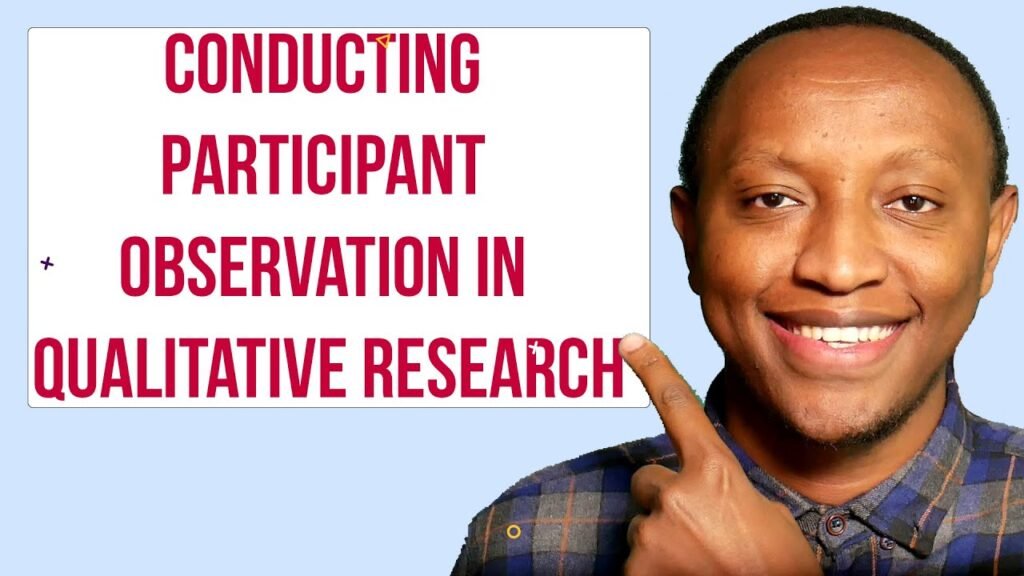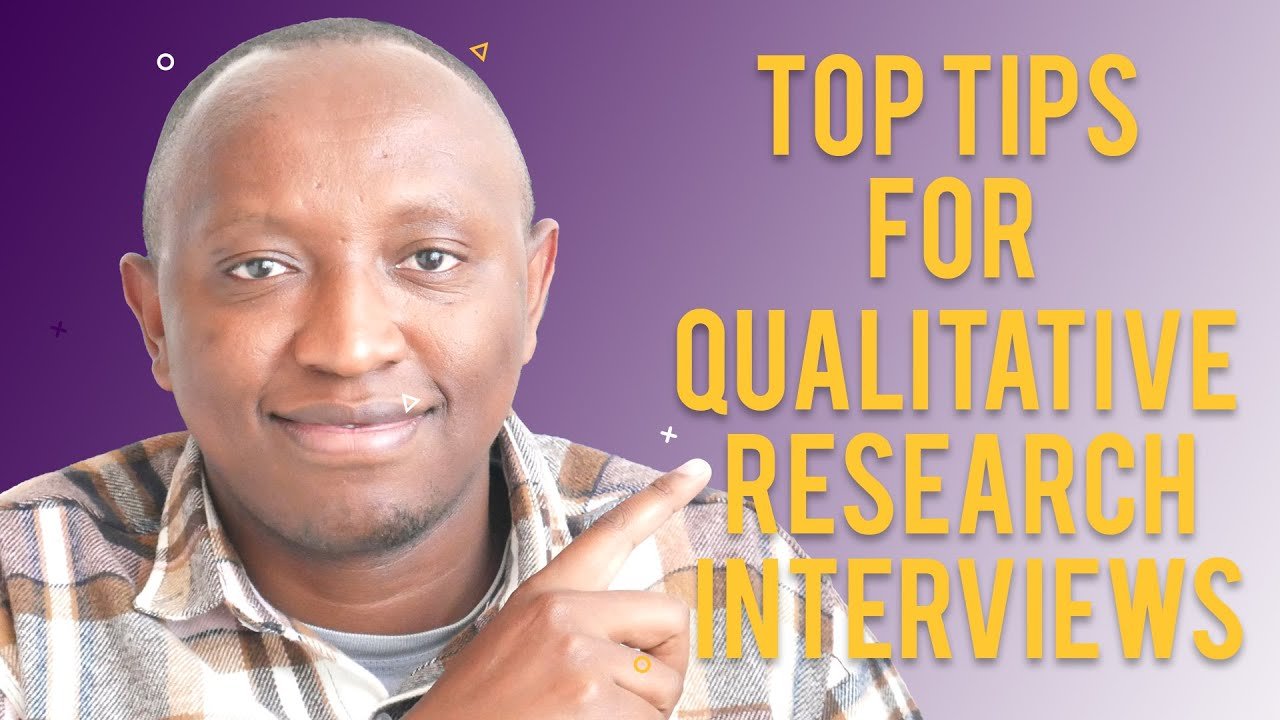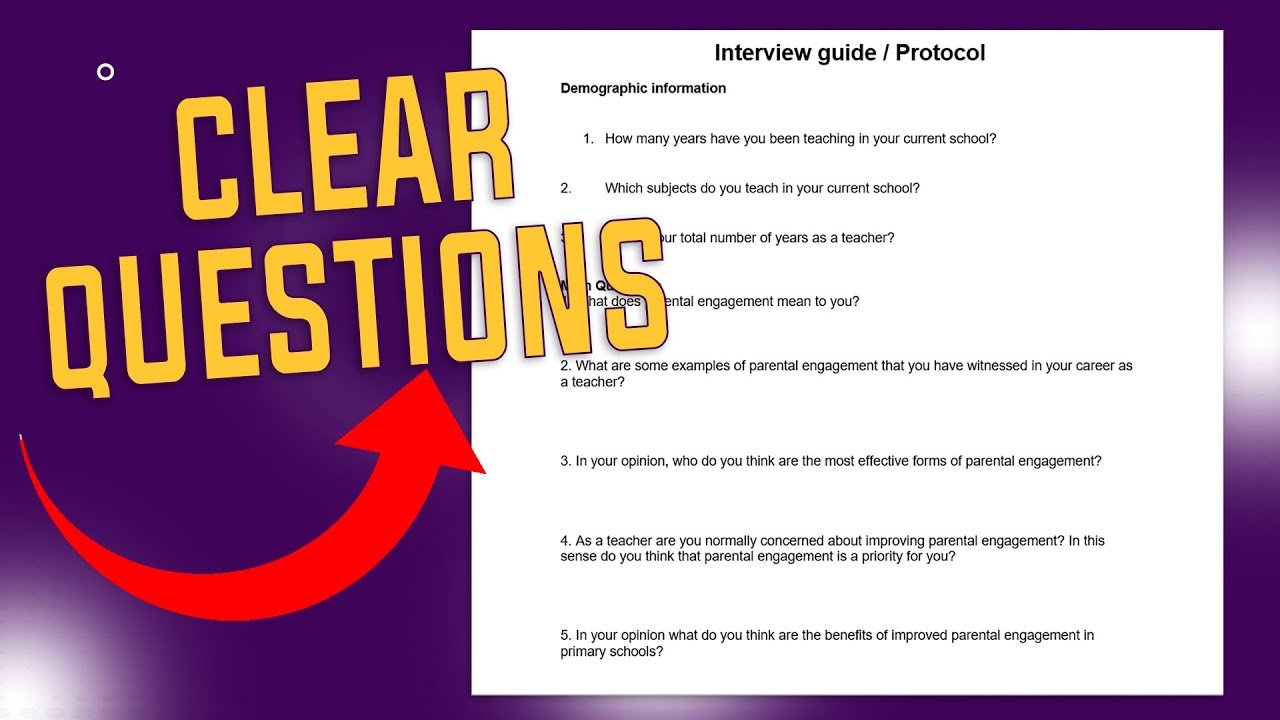Tips For Conducting Participant Observation In Qualitative Research
Conducting field observations is one of the most effective ways of collecting data in qualitative research.
Conducting observations includes noting phenomena in field settings through the use of the five senses of the observer such as sound, sight, smell, touch, and taste, and using a note-taking instrument to record the observations for research purposes (Creswell & Poth, 2018).
The purpose of research and research questions will be the main determinants of the observations made by a researcher.
When conducting observations a researcher should therefore watch the participants, the physical setting, the interactions, activities, conversations, and their own behaviours during the observation.
During observations, researchers should be aware that writing down everything is nearly impossible.
When conducting an observation a researcher should start with a broad focus and then narrow down to observations that relate to their research questions or purpose.
During observations, the observer will be involved in what they are observing to a certain extent.
The extent to which an observer is engaged in making observations will determine the observation type they are engaged in.
There are four observation types including:
- Complete participant
- Participating observer
- Non-participant observer
- Complete Observer
Four Observation Types
Complete participant
Such an observer will be fully engaged with the people they are observing.
This may help the observer to establish a better rapport with the people they observe.
Participating observer
This will include a participant who is also an observer. In such a setting the participant role will be more prominent than the researcher role.
By being a participant a researcher may therefore be able to obtain subjective data and insider views.
However, when serving as a participant observer a researcher may find it difficult to record data when they are engaged in activities.
Non-participant observer
In such a scenario the researcher is an outsider of a given group that they are studying.
The researcher will therefore watch the group under observation and take their field notes without interfering with the group activities.
Complete Observer
In such a scenario the researcher is neither noticed nor seen by the people they are studying.
In most instances, the role of the researcher may change during an observation, for example a researcher can begin as a non-participant observer and then move into a participating role and vice versa.
The role of the researcher may therefore exist in a continuum during the research process which can allow researchers to move from being complete outsiders to being complete insiders.
When conducting observations the researcher will need to be aware of issues such as:
- Impression management
- Potential deception of the people being observed
- Being marginalized in a strange observation setting
Here are some tips that researchers should follow during observations:
- Selecting the ideal sites to make observations and obtaining all the necessary permissions to access such sites.
- After gaining access to the site the observer should note down what to observe, who to observe, the time of day to make observations, and the length of observations. In some instances, an observer can rely on a gatekeeper to assist in access to the observation group.
- Determine the different types of observations that will be taken for example an observer being a complete participant on one side of a continuum or being a complete observer on the other side of the continuum.
- Develop and use an observational protocol that can be used to record notes in the field. Ensure that the observation of protocol is well marked with the date, place, and time of observation.
- Take time to build initial rapport with the individuals being observed or have a person who is known to the group to introduce the observer. An observer can also begin with limited objectives during the first few sessions of observations. In this regard, the researcher can focus on observing more and taking fewer notes during the initial session of observation.
- Keep detailed records during observations such as the physical setting, the portraits of the participants, particular activities and events, and an observer’s reactions(Creswell & Poth, 2018). An observer should provide clear descriptions of what happened during observations and also provide insights, personal reflections, initial interpretations, and breakthroughs.
- Following good observation procedures. After making observations an observer should withdraw from the site and thank the participants while also updating the participants on how they are going to use the data collected and the ability of the participants to access the study results.
- After observations, an observer should take time to prepare notes that have rich narrative descriptions. Such notes should provide the full descriptions of the people in a given observed setting and the events under observation.


